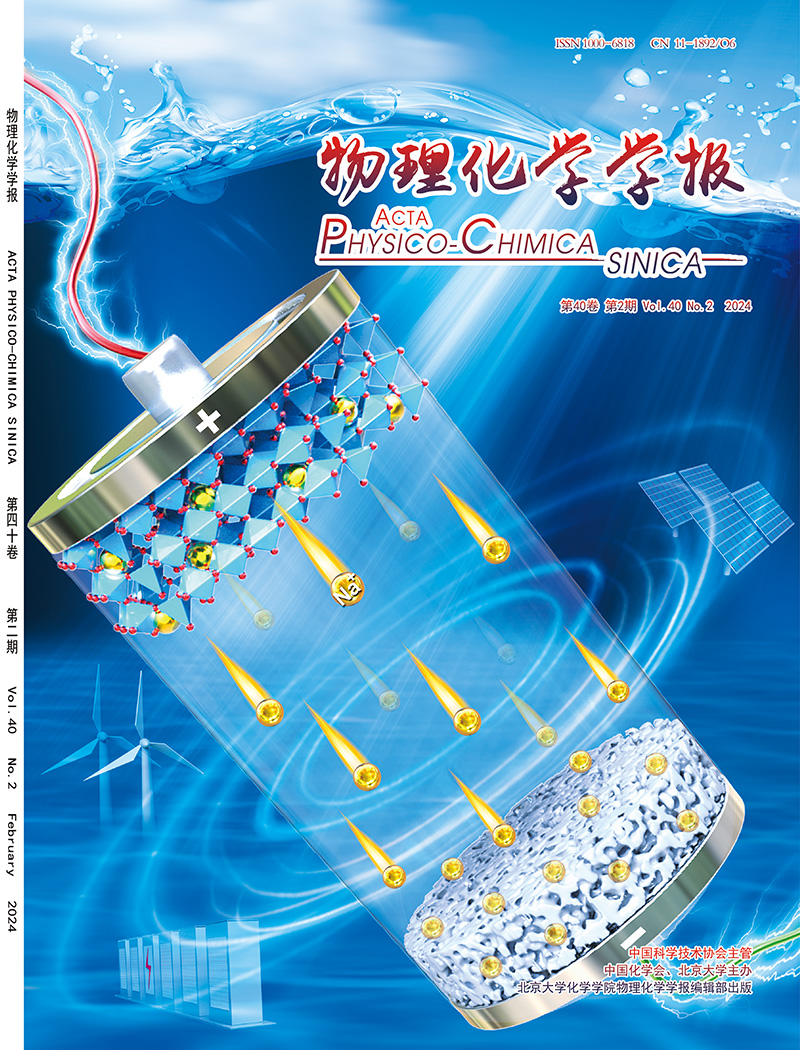S-scheme heterojunction g-C3N4/Bi2WO6 highly efficient degradation of levofloxacin: Performance, mechanism and degradation pathway
IF 13.5
2区 化学
Q1 CHEMISTRY, PHYSICAL
引用次数: 0
Abstract
g-C3N4/Bi2WO6 (MCN/BWO) heterojunction photocatalysts were synthesized via a one-step hydrothermal method for the degradation of levofloxacin (LEV). Under simulated sunlight irradiation, the degradation rate of LEV by MCN/BWO with a molar ratio of 1 : 1 reached 98.14 %, which was attributed to the formation of an S-scheme heterojunction between MCN and BWO. In situ XPS analysis and surface work function measurements confirmed that the electron transfer pathway follows the S-scheme heterojunction mechanism. The internal electric field (IEF) generated by the S-scheme heterojunction in the MCN/BWO system facilitates direct transfer of photogenerated electrons (e−) from the conduction band (CB) of BWO to the valence band (VB) of MCN. This process enables efficient separation of photogenerated electron-hole (e−-h+) pairs, with h+ accumulating on the VB of BWO and e− accumulating on the CB of MCN. Free radical trapping experiments demonstrated that the superoxide free radical (·O2−) and h+ were the primary active species. Besides exhibiting superior photocatalytic performance, the catalyst maintained excellent stability over three consecutive cycles. To elucidate the degradation mechanism, liquid chromatography-mass spectrometry (LC-MS) and quantitative structure-activity relationship (QSAR) analysis were employed to identify degradation pathways, intermediates, and potential toxicity. This study provides a theoretical foundation for wastewater treatment applications.

S-scheme异质结g-C3N4/Bi2WO6高效降解左氧氟沙星:性能、机理及降解途径
采用一步水热法合成了g-C3N4/Bi2WO6 (MCN/BWO)异质结光催化剂,用于降解左氧氟沙星(LEV)。在模拟阳光照射下,当MCN/BWO的摩尔比为1:1时,其对LEV的降解率达到98.14 %,这是由于MCN与BWO之间形成了s型异质结。原位XPS分析和表面功函数测量证实了电子传递途径遵循s型异质结机制。MCN/BWO体系中s型异质结产生的内部电场(IEF)有利于光生电子(e−)从BWO的导带(CB)直接转移到MCN的价带(VB)。该工艺实现了光生电子-空穴(e−-h+)对的有效分离,h+聚集在BWO的VB上,e−聚集在MCN的CB上。自由基捕获实验表明,超氧自由基(·O2−)和h+是主要的活性物质。除了表现出优异的光催化性能外,该催化剂在连续三个循环中保持了优异的稳定性。为了阐明降解机制,采用液相色谱-质谱(LC-MS)和定量构效关系(QSAR)分析来鉴定降解途径、中间体和潜在毒性。本研究为污水处理应用提供了理论基础。
本文章由计算机程序翻译,如有差异,请以英文原文为准。
求助全文
约1分钟内获得全文
求助全文

 求助内容:
求助内容: 应助结果提醒方式:
应助结果提醒方式:


